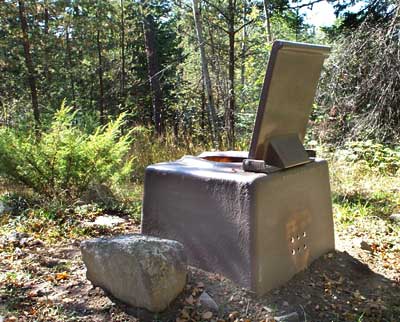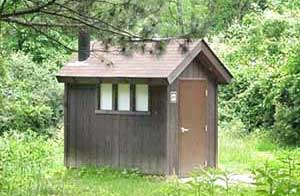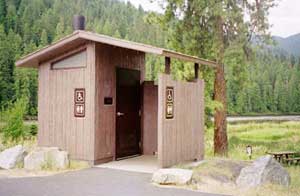USDA Forest Service Missoula Technology and Development Center Facilities Toolbox: Accessibility Tools
Do facilities in remote locations have to be accessible?
Yes, they do.
The Forest Service must give everyone the opportunity to use Forest Service facilities and programs.
As designers or managers, we do not decide whether or not a person can or would want to visit remote areas or areas where access is difficult. Our visitors make those decisions for themselves in the same way they decide whether or not to go skiing or fishing. If the Forest Service builds a facility, even in remote areas or areas that are difficult to access (including wilderness), the facility must be accessible, with few exceptions.
However, the Forest Service’s mission also includes protecting resources and settings—including historic structures and fragile ecosystems. Any facility newly constructed or significantly altered by or for the Forest Service (buildings, toilets, picnic tables, fire rings, etc.), must be accessible, with very few exceptions. The decision not to make a facility accessible in accordance with the full UFAS/ADDAG standards, occurs only when the measures needed to meet the accessibility guidelines would fundamentally alter the program, environment, or historic resource. The Forest Service Outdoor Recreation Accessibility Guidelines (FSORAG) provide guidance for campsites, tent pads and platforms, viewing overlooks, outdoor showers, picnic tables, fire rings and grills, utility sinks, and pit toilets as well as other facilities located in remote areas. The Forest Service Trails Accessibility Guidelines (FSTAG) provide the specific information needed to ensure that accessibility is maximized on newly constructed or altered pathways or trails that are managed for pedestrian or hiker use, while protecting the resource without fundamentally altering the program.
Applying this guidance may require some ingenuity. For instance, in the Boundary Waters Canoe Area Wilderness, pit toilets have been installed at 2,200 primitive campsites to protect the environment. These toilets are simply risers placed over a pit, with no walls. The Superior National Forest has developed an accessible riser for these remote settings. Grab bars are not required because the toilets have no walls. The Superior National Forest’s riser is a design that is appropriate to the setting and meets the accessibility standards. The familiar and accessible Forest Service SST-type toilets could not be constructed in the Boundary Waters Canoe Area Wilderness without fundamentally altering the environment.

This accessible toilet facility is appropriate to its wilderness setting.
It has a square riser at the required accessible height of 17 to 19
inches above the ground, a backrest lid, and no walls.
Forest: Superior National Forest
District: Ely (Boundary Waters Canoe Area Wilderness)
Region: 9

Standard SST (sweet smelling) toilet.
Forest: Monongahela National Forest
District: White Sulphur
Region: 9

Standard SST (sweet smelling) toilet.
Forest: Nez Perce
District: Moose Creek
Region: 1

User Comments/Questions
Add Comment/Question